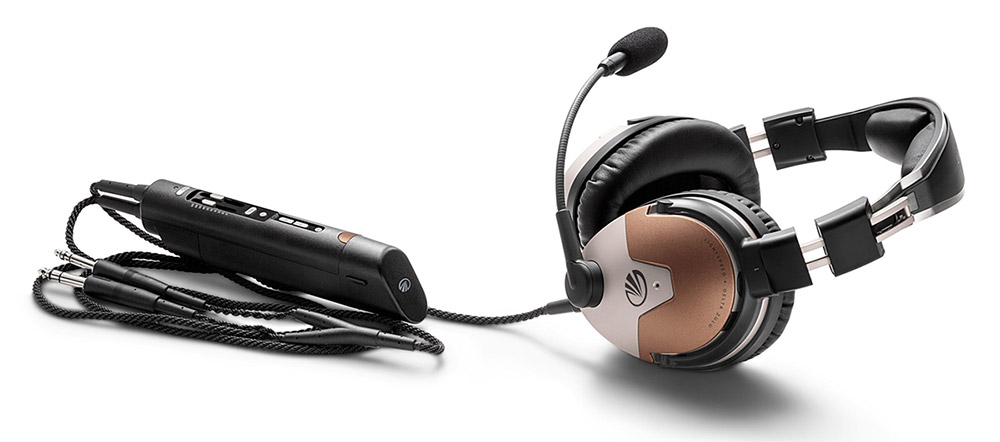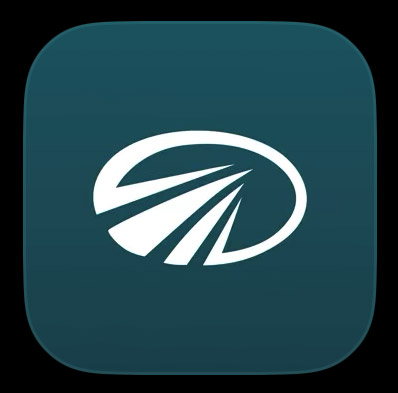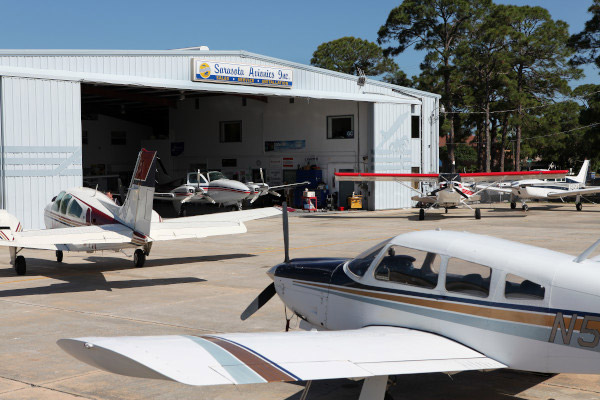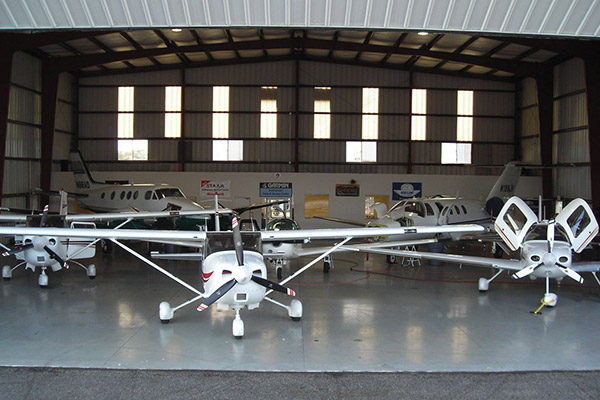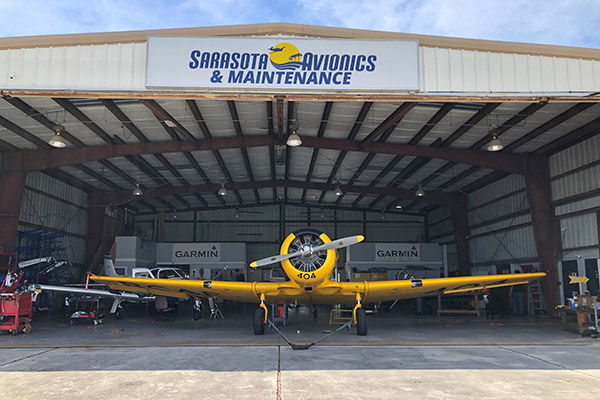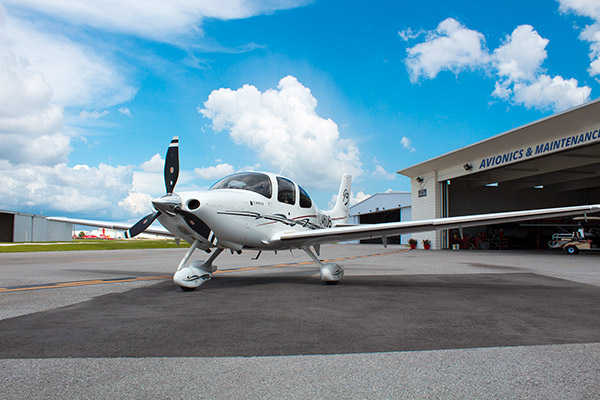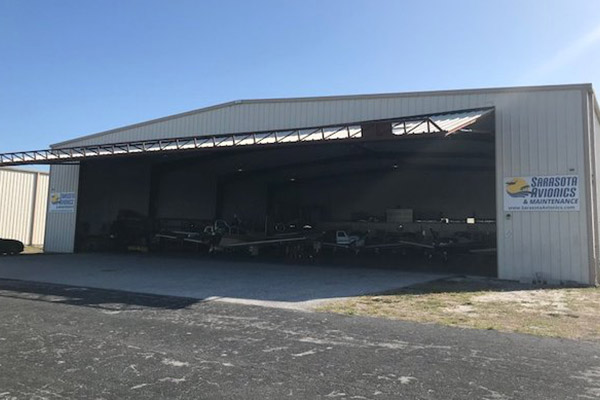So, What’s Your Favorite Headset?
I’ve accumulated a hodgepodge of headsets over the years and as such, I know what I don’t like. Their shortcomings revealed themselves slowly, discomfort creeping into my neck and shoulders as the Hobbs meter rolled on. They lacked audio quality, a notable shortcoming perhaps compensated for by having digital, panel-mounted aircraft audio panels.
In short: Comfort is non-negotiable. As is, of course, the reason for wearing the headset: Communication.
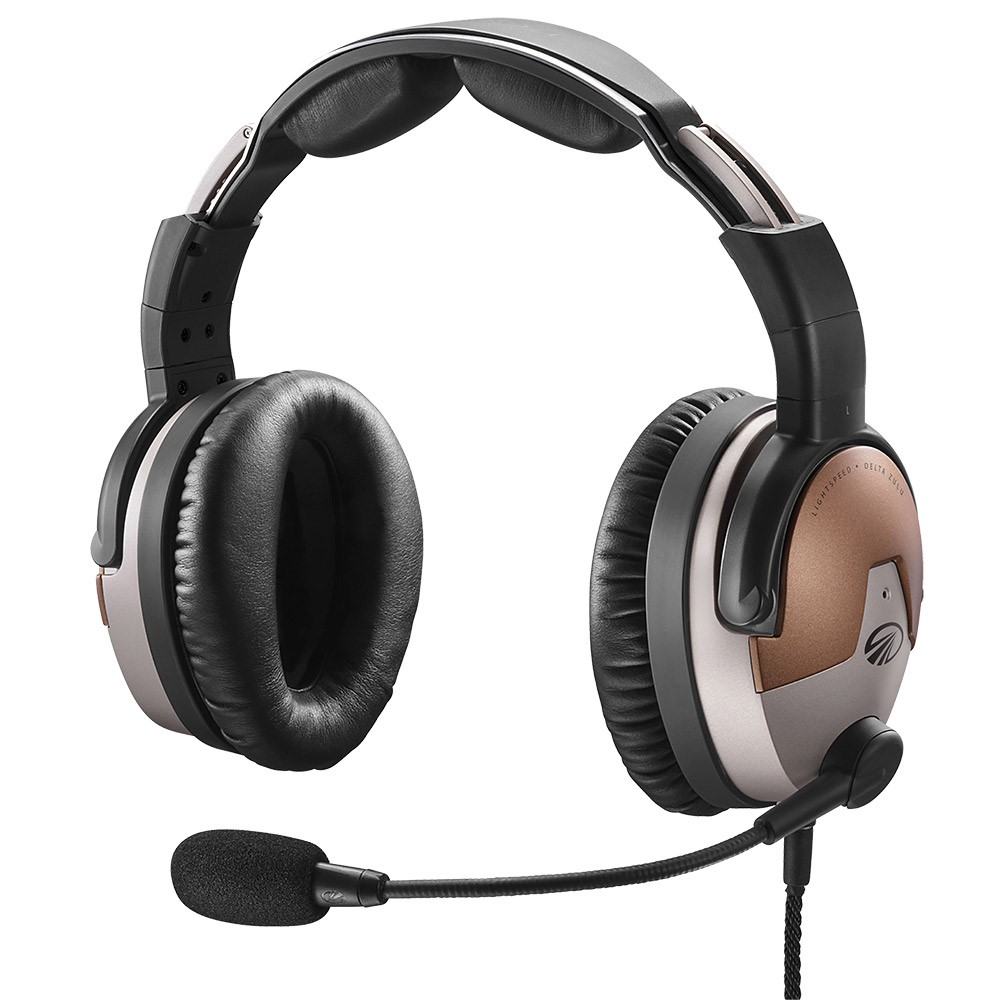
Out of the Box
If you have not heard about the newest aviation headset tech from Lightspeed, this headset may have unknowingly caught your eye based on looks alone.
For longtime Lightspeed devotees, you’ll immediately catch the signature tucked into the tasteful bronze-tipped ear cups.
The headset, bag, and hardware accessories embody a sophisticated form that was just so appealing in that new airplane interior sort of way.
The Kevlar-center cord was a strong positive by me, but also appreciated by my colleagues, as it seems practical for the abuse of daily flying.
Over to the mic, the Dual Aperture Disc microphone provides greater noise cancellation and, there is also mic gain adjustment, which adjusts the sensitivity of the microphone to help balance loud and soft voices you hear in a multi-headset environment.
There’s an App, and there’s technology, but I put them on first.
Did you know there’s a method to putting your headset on correctly? Don’t just do what we all do when we get in the airplane and dump them on top of your dome – take a moment and appreciate all the nice things the Lightspeed engineering team did with you in mind, and you shall be rewarded.
Tapered performance ear seals contoured to face and jaw, while the cup cavities felt roomy enough but not bulky. The fit around sunglasses (vital for flying in Florida), seemed natural and unrestricted = well done!
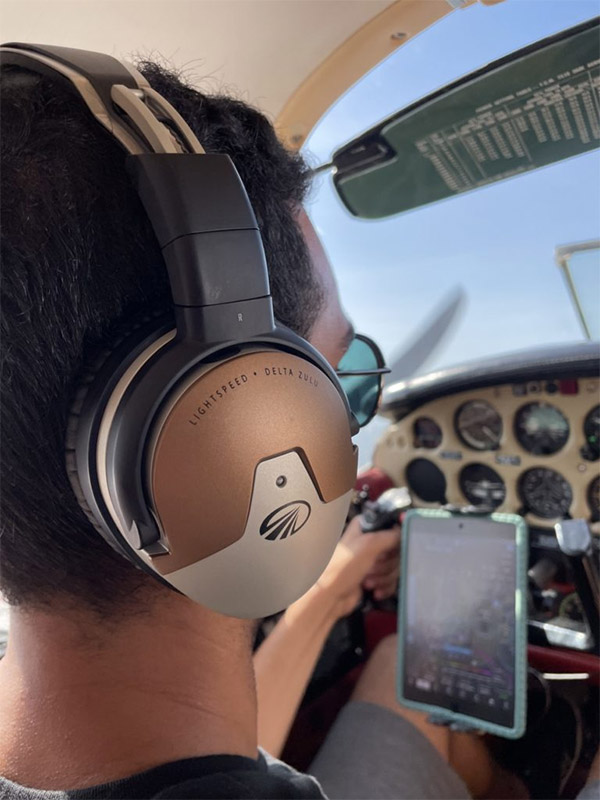
Another App?
A product flyer directed us to the proprietary App, which uploaded to my iPhone 13 Pro Max in a snap. Why would I want another flying App on my already crowded phone? The Lightspeed App also allows you to check the CO sensor data, record radio conversations, playback transmissions, and archive flight recordings for post-flight briefing and training.
For clarity, the Lightspeed App is not required to use the Delta Zulu ANR headset. But what if it could also save your life?
How Does a Headset Save Your Life?
The National Transportation Safety Board has called on the Federal Aviation Administration to require carbon monoxide detectors in general aviation aircraft. The NTSB identified 31 accidents between 1982 and 2020 attributed to carbon monoxide (CO) poisoning. Twenty-three of those accidents were fatal, killing 42 people and seriously injuring four more. A CO detector was found in only one of the airplanes and it was not designed with audio or visual alert to the pilot, features recommended by the NTSB. SOURCE
Prevention thus is our best method, which we have adapted somewhat with other in-cabin means. But what if your headset could literally TELL you if cautionary levels were detected? If you think about it, what better way to be alerted to a colorless, odorless gas that can diminish a pilot’s capability to detect the threat in the first place? This is achieved via Kanari® smart alert technology, which is integrated in the headset. Working between your phone and the headset, this tech measures cabin carbon monoxide levels and provides aural alerts when it detects CO above caution and critical levels (10-50 and 50-100 ppm, respectively). Post-flight, the pilot can manage trends in CO levels and history on the Lightspeed app. The lifespan of the carbon monoxide sensor is 10 years, and you can send your headset in to have a CO sensor replaced for a nominal fee.
Click the following link to read an article from the Midwest Flyer Magazine where a CFI credits Delta Zulu with saving his life.
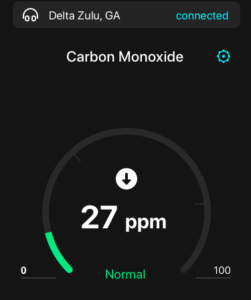
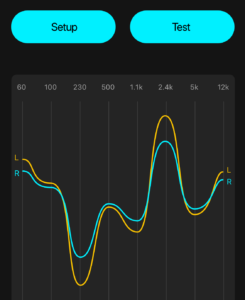
Aviate, Communicate
Another showstopping feature within the App is the HearingEQity® feature, a built-in audio equalization system. Although this headset has already been developed and released, the engineers at Lightspeed continue to develop updates to keep the app and your headset up to date. HearingEQity uses your personal results to analyze your hearing. This is an individual hearing profile generated with an automated 12-frequency hearing test in the App.
If you wear hearing assist devices, or simply appreciate superior in-flight sound clarity, this REALLY tech shines. The audio equalization system compensates for hearing loss, working in tandem with the HearingEQity portion of the Lightspeed app. Simply put, it adjusts and sets the hearing levels in each of the ears of your headset. Using your mobile device, HearingEQity tests and personalizes your hearing experience using an automated 12-frequency analysis. This is the magic engineering that transforms any hearing loss into remarkably clearer ATC and intercom communications, as well as for music and auxiliary devices.
If you do plan on using your hearing aid during flight, be sure to take the test while wearing your hearing aid. You can create a different profile without the hearing aid if you chose to do so. With HearingEQity, every ATC call and conversation is optimized specifically for your hearing acuity. Using this test, a user profile is created and stored in the headset. Once the profile is stored in the headset, the app does not need to be connected for HearingEQity to be active, but users will continuously benefit when updates are released.
There were two battery cartridges: one Lithium-ion and one for AA-batteries, but it is sold with the option for panel power. Again, superlatives to the details, as I was able to swap batteries in a literal snap. I could likely manage this maneuver without looking down at the mechanism after a few times, so I appreciate this small upgrade. Anything that prevents heads down in an airplane gets a thumbs up.
Lithium-Ion batteries can provide over 30 hours of power and will take approximately 8 hours to charge when fully depleted. However, these batteries can be charged while the headset is in use via USB cable power (included). Delta Zulu is also the first headset to adopt the UAC plug, allowing you to connect to other devices directly from the headset for charging, data communications, and auxiliary audio. Supplemental AA batteries can extend your power up to 15-20 hours.

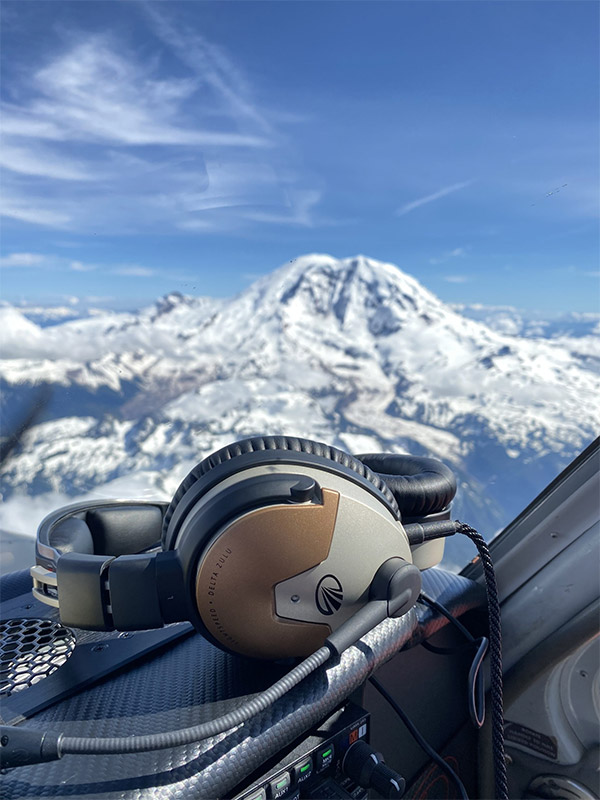
In the airplane, the headset paired immediately to the phone, allowing for aural alerts from Apps as well as inflight recording (Apple iTunes only for this feature), streaming of audio, and Bluetooth calls and music. If you are an Android user, you will need to use your PC or an Apple device initially, but smooth sailing with your Droid thereafter. Side note: I never really thought about it, but I could be using this way better aviation headset while I was watching a video on my phone while sitting in the FBO – because it pairs so well. Now, we don’t all have to laugh at the same IG content at different times, blaring out of our straining phone speakers and verbing off the vending machines.
I also liked ComPriority, which is a feature you can enable to lower the volume of auxiliary devices to make the incoming communication the priority. I cannot fly without music, so this is a feature I’ve always asked out of my audio panel – but when the Jimmy Buffet tunes ebb gently out, ushering in the clearance to Key West, it’s an appreciable touch out of my headset.
Turning Final...
If we didn’t need something before, we need it NOW. The Kanari® smart alert technology truly impressed me, not only as a statistical data point but as a pilot in our community that CARES. And if something so meaningful as taking care of one another is within our reach, achievable by the not-so-simple means of technology meeting opportunity, this is IT. To be fair, my priorities began differently than with which I am wrapping up, but all of my needs were met there, in addition to! I can hear and communicate as clearly as possible, especially when flying in different airplanes, as I will often have a set on hand for the average quick flight.
The App is sleek, fast, and easy to use! In fact, a customer stopped by with his Baron, tried them on, and immediately upgraded from his Zulu 3’s. He is an Android user that also spoke to the ease of use after setup, too.
If you have a used pair you’d like to trade-in, click below to learn more about our headset upgrade promotion.
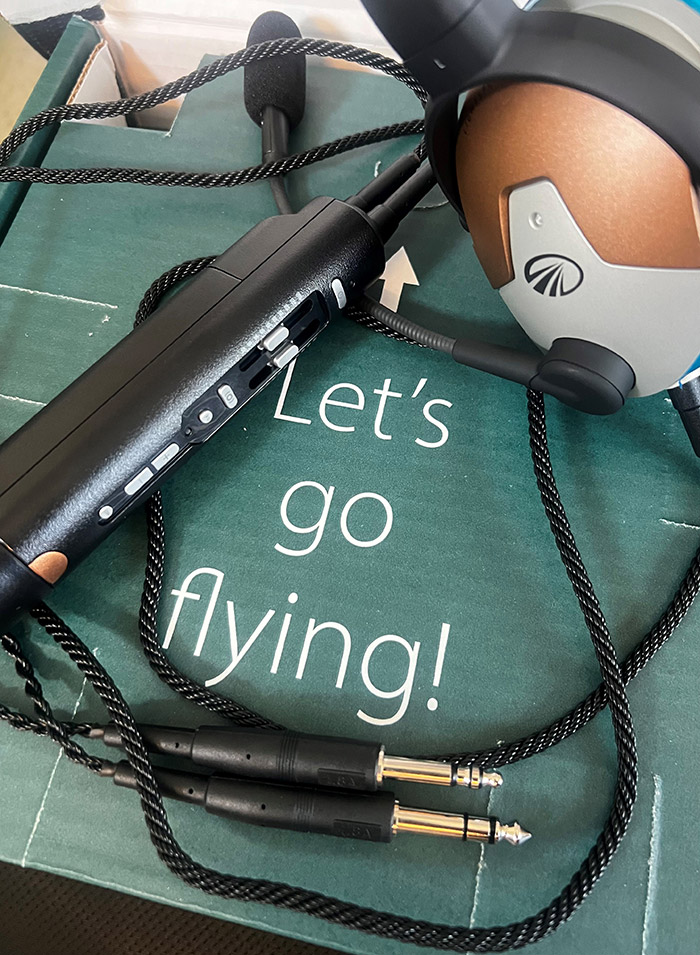
Want to learn more?
All of our avionics consultants are pilots and would be happy to discuss the Delta Zulu and any other headset options with you.
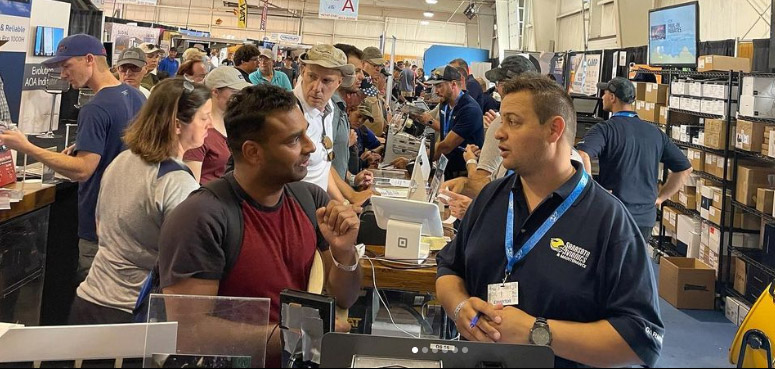
About Our Company
Our staff consists of people who got into this business because they love aviation. We are always here to answer any questions you may have about all of the current avionics options, and to help you find the right solution for your aircraft.
Besides offering the best prices and customer service in the industry, Sarasota Avionics & Maintenance sets itself apart from the competition by offering multiple locations throughout Florida. Providing both avionics and maintenance services all under one roof makes scheduling easier with far less downtime.


